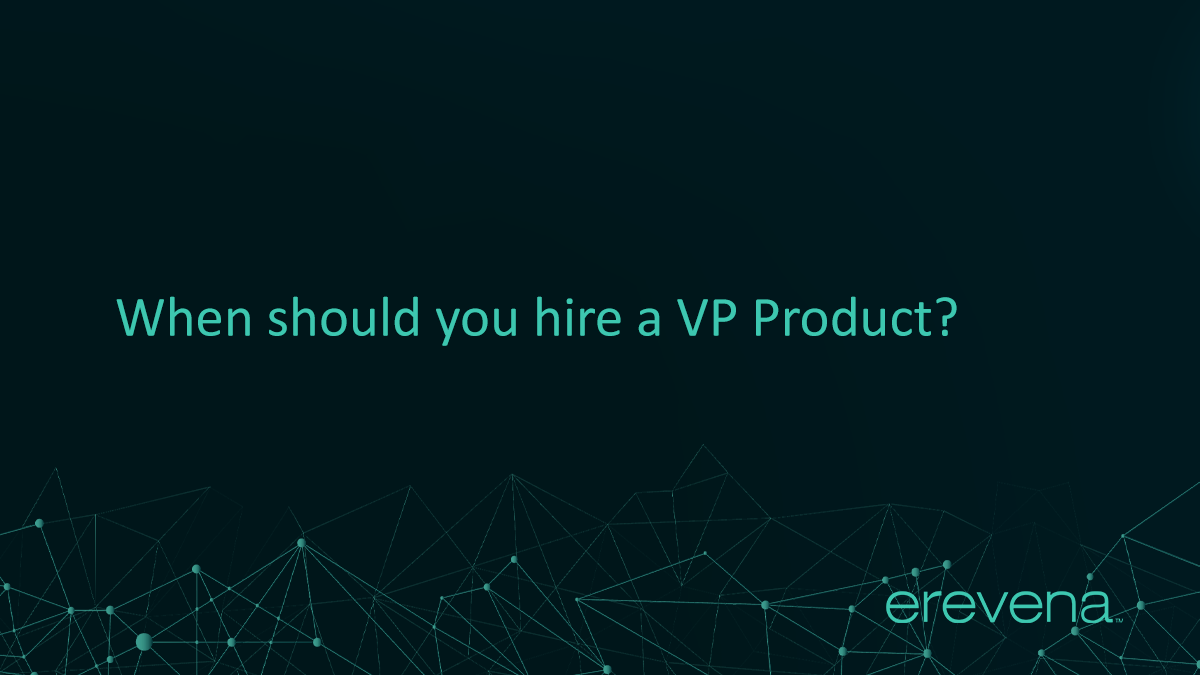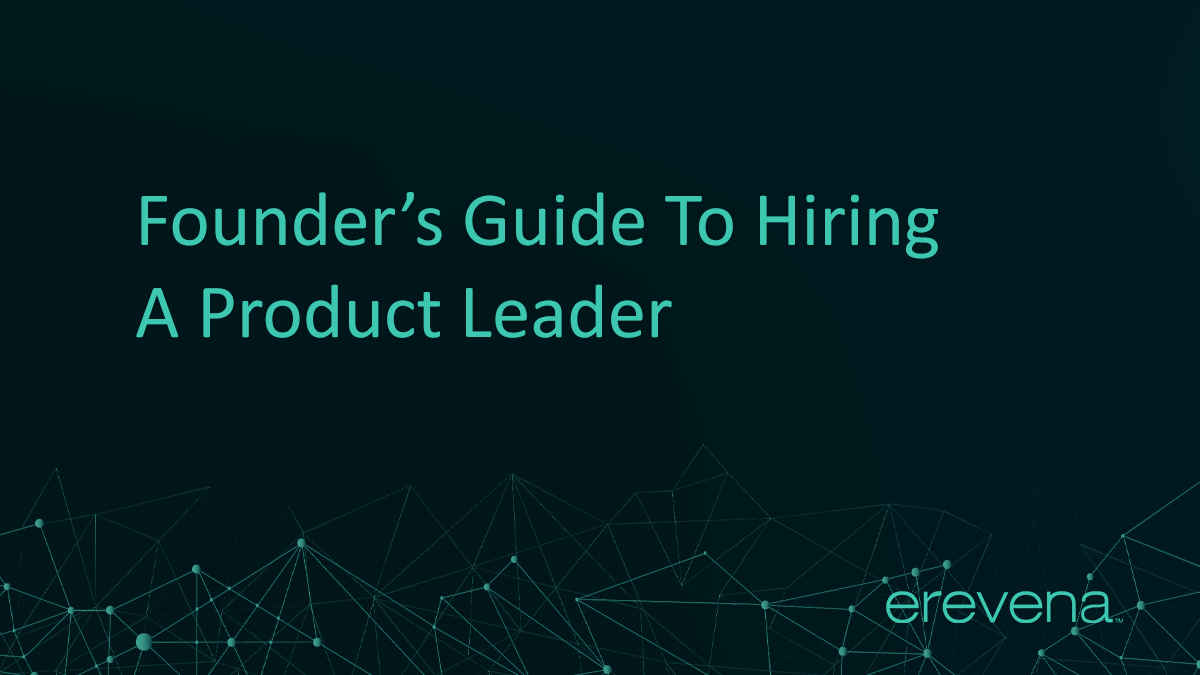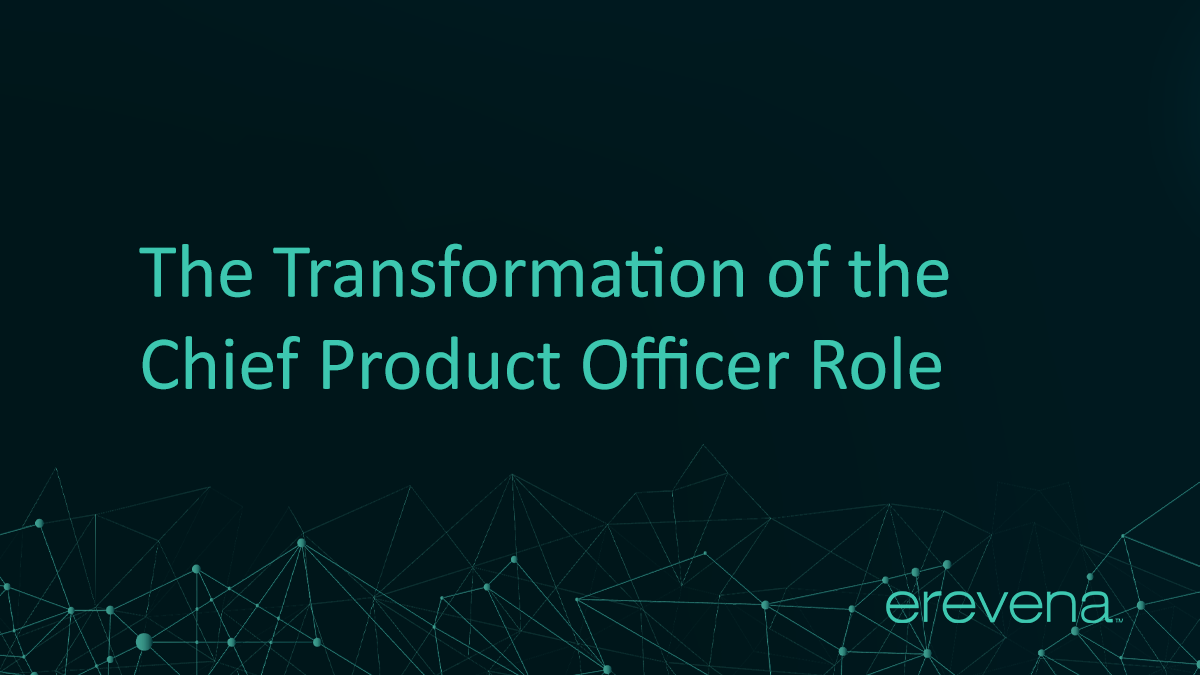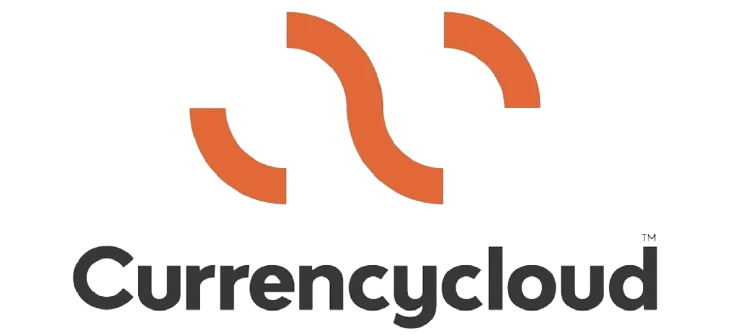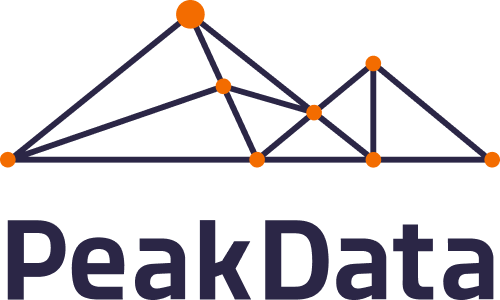The intention of this article is to give guidance to companies considering their first product leadership hires – typically founders of Series-A backed startups.
Building a best-in-class product function is critical for any company wanting to grow beyond Series-A and hiring the first professional product leader is an important decision to get right. It’s also something that many European businesses generally do later than their US counterparts – as noted by Siraj Kaliq, Investment Partner at Atomico in 2019[1].
Experience has lead us to believe that post-Series-A investment is an excellent time to hire a professional product leader: there has been some traction in your market that has driven your decision to seek venture-funding and there is clearly a belief in your vision and ability to succeed (hence the investment). This combination means that it is likely that your business is about to expand rapidly and you, as CEO/Founder, will probably not have the bandwidth to own product in the way that you have done so far. There is also the likelihood that you have an engineering function of 10+ people and perhaps one or two Product Managers.
Therefore, hiring an exceptional leader to run this fundamental success factor in your business is critical, and there are a number of key things to consider when hiring your first product leader.
What problem will this hire solve?
This is a key factor to consider as it will almost certainly derail any hire if there is no clear consensus.
The answer must be one all stakeholders get behind and are aligned on. There is often no single answer but your product leader should lead tactical product execution and strategy (with CEO input on the latter); instil the principles and structure to enable product to succeed; lead the team-build, mentorship & management; and finally, consistently think of the end-user and represent those users at the executive level.
This person will be responsible for ensuring that the time spent by Engineering, Design and Product is solving a real user need, and therefore ensuring that the company identifies and/or retains product market fit.
What is the right seniority level for us?
The exact title for your product leader will vary, but this person will have all Product Managers (PMs) reporting into them (often Design, UX etc. too) and will ideally report to the CEO. They could be called Director of Product or VP Product or other examples. We’ll refer to VP Product.
There are differing views on whether to hire a seasoned PM or a more experienced VP Product at Series-A, but our opinion is that the benefits of a strong VP Product can be hugely significant for a fast-growth company and often is more appropriate than the alternative. For a start they should be better at the fundamental job than the CEO, and free up the CEO to focus on other areas of the business.
When thinking about hiring a product leader consider your situation. Do you need someone who can grow with your business for the next 5+ years and grow to be a Chief Product Officer? Probably not. The right VP Product for your company now, will look different to the product leader in a few years; but will have a critical impact on the future success of the business. Ensure they have the management and communication excellence to solve the challenges of today as well as the near future.
It’s also worth considering how product relates to engineering; there is often a dualism between the two functions with both reporting to a common C-level leader (ideally the CEO). If product reports to engineering, it can become difficult to establish the function with its own identity and this may be regarded as negative by more experienced candidates. Giving the VP Product the internal leverage (generally as a peer of engineering leadership although of course there are exceptions) is critical in getting the business to collaborate across multiple functions. This will drive the significant change that you need them to achieve.
In addition to the correct leveling of the role – we advise CEOs to be honest with themselves about the “must have” experience that the candidate will have. This is a good opportunity to think about what skills you as the CEO and the wider leadership team are lacking that you want to gain from this VP Product when they join.
Who owns the Product Strategy?
Often, the founding CEO’s product vision will have been the catalyst for the company getting to Series-A stage and this should be embraced moving forward. As the company continues to grow, the CEO will naturally be pulled in many different directions and therefore need to bring in a product leader to professionalise and scale the product function.
A general rule is that the more experienced candidates will be more attracted to roles with a greater degree of ownership over product strategy. However, there are many routes to take, with two noted below.
The first that we have seen work successfully is where the incoming VP Product has complimentary views on product strategy, roadmap and prioritisation to the CEO. In this hire, you can bring onboard someone who is both comfortable taking a pre-existing roadmap and executing on it, but also able to take more of a lead on developing the strategy as they need to take on more ownership long-term.
An added benefit with this person is that when the CEO steps away from day-to-day contact with customers it can make more sense to hand product strategy to this VP. These people are hard to find but it’s worth investing the time to identify them as they will be able to scale with the organisation as it grows.
The second strategy we have seen work is to focus on a more immediate situationally relevant product leader who can execute on the founder’s vision but has not yet had the experience of leading true product strategy on a startup journey themselves. Whilst not yet having proven their strategic capabilities, they will have experience in leading the other elements of product leadership such as building the product team and being the voice of the user.
It’s worth emphasizing that the CEO needs to think deeply about this before starting any hiring activity; be clear on what role you want to play once this person joins and have a solid understanding of what decisions you expect to make versus the decisions you are comfortable handing off to the VP Product. Lack of clarity here can lead to a bad fit no matter who you hire.
Product as a function
Product may or may not exist as a separate function within a company when it looks to hire their first product leader. This has an impact on the skills and experience that are required. Experience shows that it’s important to stand product up as a separate functional group to give clarity to the incoming VP Product as to what they own and the organization you want them to build.
Communication skills are critical as the VP Product will need to spend time working cross-functionally, positioning the group effectively within the organisation and educating the wider business on what product is – setting the product vision, focusing the business on solving the needs of users and prioritisation.
Product is as much about deciding what not to build as what to build.
An incoming VP Product would be expected to have clear views on how to set up the function to successfully manage product reviews both pre- and post-launch, staying very close to the end-users and acting as the internal champion for that group. A key part of the role is communicating with end-users to understand why they use your product and creating hypotheses to determine future features or launches.
How important is it to find a great leader?
Very. When hiring your first product leader there is often a requirement to empower someone to scale a pre-existing team or perhaps build one from scratch. Being a strong leader who is consistently able to hire, retain and mentor high-calibre PMs is a critical skillset to get right. PMs are generally in high demand and so finding someone that they enjoy working with can be a huge bonus in a highly competitive market.
Your VP Product will also have expertise in managing PMs which as a founding CEO you may not have prior experience in doing. If you can’t develop and mentor your PMs you run the risk that they will look for career opportunities elsewhere.
Referencing is important here – from former managers but also take references from people who have reported into the candidate previously.
Where can you find these people?
Ideally the first product leader in a Series-A business will have gone through the journey of taking a Series-A business through to Series-B and beyond. They should be hands-on; someone who can quickly scale a team to execute on product strategy whilst guiding the PMs through prioritisation, operating with limited resources and, very importantly, be an excellent communicator.
Previous experience of being a product leader in a similarly early stage business will generally mean that they will have been heavily involved in the tactical execution and the decisions made to enable the core business to scale sustainably and successfully. This close, tactical involvement in the day-to-day challenges of product means that they have honed their abilities to build product to achieve scale.
This is generally different to the roles played by PMs in the largest tech companies which may have exceptional reputations; something that Martin Eriksson[2] talked about a couple of years ago when comparing the different skills required to achieve scale versus to retain or expand on scaled product.
The key is to focus on someone who has a good blend of vision plus being able to get product shipped; find someone to complement the CEO.
Conclusion
In summary there are three rules to consider when thinking about hiring a VP Product:
- Be aligned internally with what this hire will solve for your business
- Consider your situation. Hire for the foreseeable future whilst ensuring the product leader has the situational understanding to operate at your scale
- Take up references. This is important for any role but especially in product where the impact can be difficult to measure in an interview.
Such a key role can appear challenging to fill, but the time invested will pay back in dividends, and the risk of getting it wrong can have serious implications for your business.
[1] https://medium.com/eqtventures/when-to-hire-your-first-vp-product-f23de06dfdb
[2] https://medium.com/atomico/europes-product-management-problem-9061bc71dc99
Share this article:





